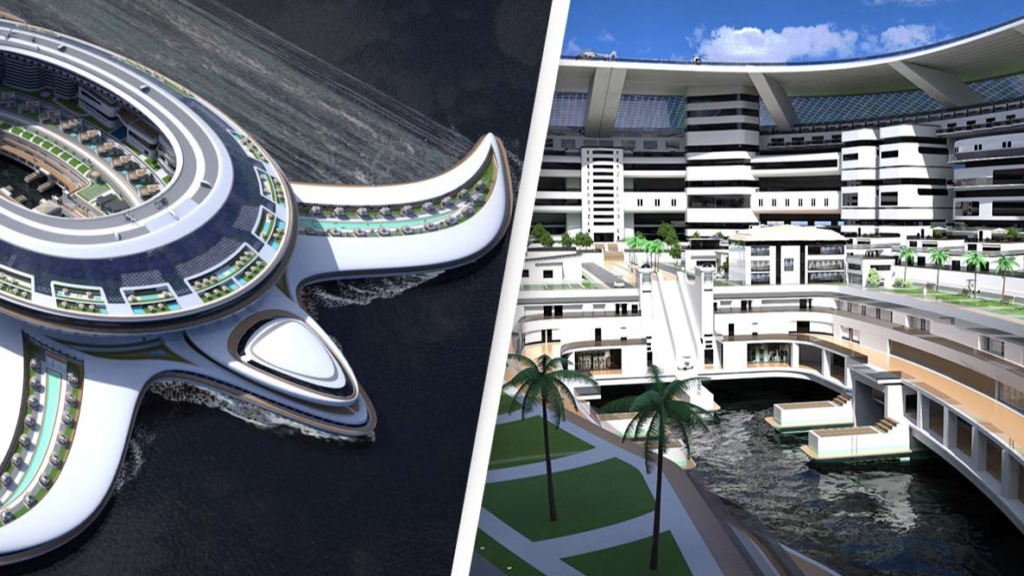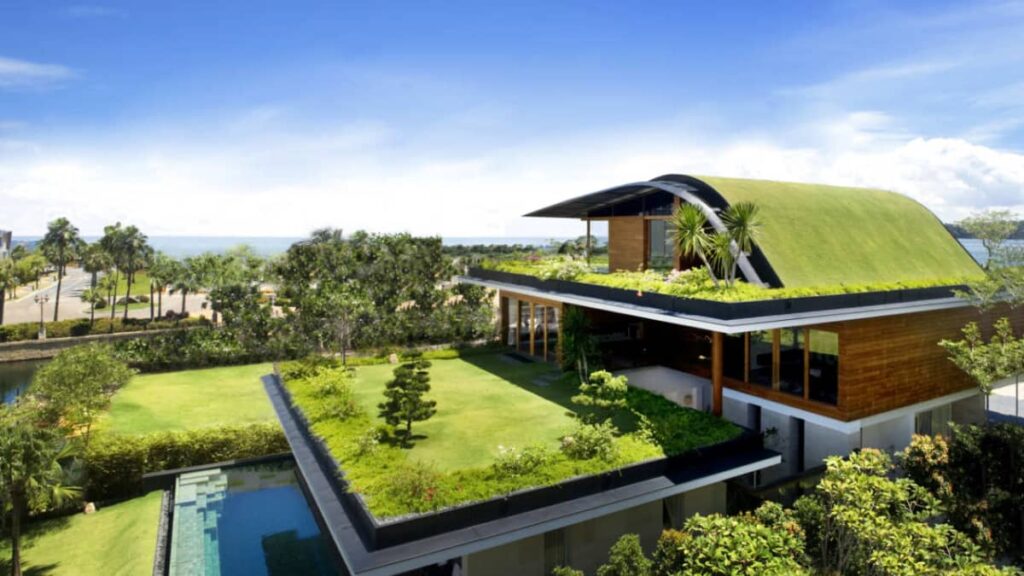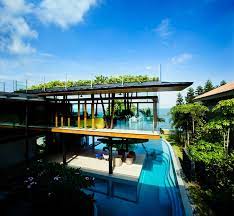BIOSPHERA
“I must go down to the seas again, to the vagrant gypsy life,
To the gull’s way and the whale’s way, where the wind’s like a whetted knife;
And all I ask is a merry yarn from a laughing fellow-rover,
And quiet sleep and a sweet dream when the long trick’s over.”
by John Masefield


MALDIVE FLOATING CITY A city is rising from the waters of the Indian Ocean. In a turquoise lagoon, just 10 minutes by boat from Male, the Maldivian capital, a floating city, big enough to house 20,000 people, is being constructed. Designed in a pattern similar to brain coral, the city will consist of 5,000 floating units including houses, restaurants, shops and schools, with canals running in between. The first units will be unveiled this month, with residents starting to move in early 2024, and the whole city is due to be completed by 2027. The project -- a joint venture between property developer Dutch Docklands and the Government of the Maldives -- is not meant as a wild experiment or a futuristic vision: it's being built as a practical solution to the harsh reality of sea-level rise. An archipelago of 1,190 low-lying islands, the Maldives is one of the world's most vulnerable nations to climate change. Eighty percent of its land area is less than one meter above sea level, and with levels projected to rise up to a meter by the end of the century, almost the entire country could be submerged.
PANGEOS Saudi Arabia's new project of turtle-shaped floating city could become the world’s largest boat It will be the largest floating structure ever built. The Arabian Business reported that when it is finished, it will be the largest floating structure ever built. It is now under development. Italian design firm Lazzarini designed the luxurious project. The floating city would be 1,800 feet long, Lazzarini told Arabian Business. The wings of Pangeos would be its widest point, measuring 610 meters (2,000 feet). The floating boat will also contain 19 villas and 64 apartments on each of its turtle wings. A rooftop garden, mall, and beach club will also be included in Pangeos' amenities. A 'Terashipyard' infrastructure measuring 650 meters in width and 600 meters in length will also be part of the unique building's design, giving it easy access to the sea. As per the report, Pangeos is designed to sail nonstop around the world.

Famous Eco-Friendly and Sustainable Homes Around the World
From insulation to energy supply, along with appliances and floor plan layout, a lot goes into an eco-friendly home. These houses are not cheap; however, in the long run, they are sure to save on energy costs.
Some are IKEA-style, pre-fab houses that can be assembled in days for under $50,000, while others require years of planning and building. Recently, Amazon even started making their own tiny houses, another option that may help in a period of housing shortages and in a time of wanting to live a simpler life. There are many resources for tiny homes and sustainable housing, including many books. To get started on your move towards sustainable living, check out the houses below!

The Fish House in Singapore
The Fish House is designed by Guz architects in Singapore. Situated on the ocean front, the sweeping windows provide spectacular views of the sea and the outside pool. Utilizing an open space concept, this home provides ventilation in Singapore’s hot, humid climate. The rooms are covered with photovoltaic panels which provide the home energy. The rest of the home is constructed from steel, wood and glass. Guz architects are also known for a number of eco-friendly homes in Singapore with a similar sea-scape design including 1B Ewart, The Willowhouse and Bishopsgate.

The Plastic Bottle House in Honduras
Eco-Tec designed this home in Honduras. Constructed out of 8,000 PET plastic water bottles filled with mud, this home is the first of its kind. Grass covers the roof which can provide the following benefits: increased air quality, moderation of the internal temperature, energy efficiency, and stormwater management. This home also has self-sustaining compost toilets and a solar water heating system which reduced its dependency on electricity.
Photovoltaics work by transforming solar heat to electrical power. Solar panels are constructed out of solar cells witch contain this photovoltaic material. Power is generated through the excitation of electrons from the sun; the electrons move to a higher energy state, allowing them to carry an electrical charge.

The Nomad Micro Home (Pre-Fab and Movable)
Ian Kent is the man behind the magic of these tiny pre-fabricated homes. The use of space-saving strategies has turned 100 square feet into a usable, fully functioning home. The first floor houses the small living room, kitchen and bathroom. The stairs climb along the wall and lead to the second floor where the single bedroom resides. The energy supply can be extremely flexible, allowing the owner to live off-the-grid if desired.These homes can be purchased for $30,000 and are, like their name suggests, movable.
